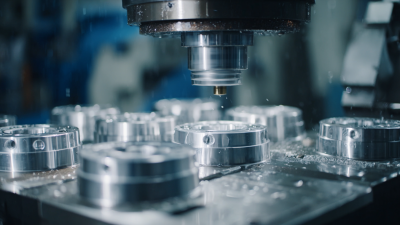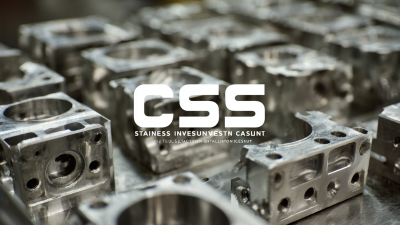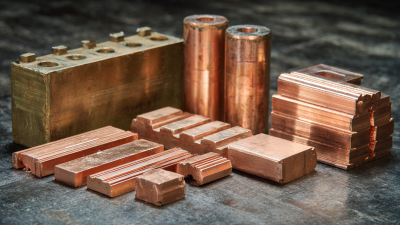In the realm of metalworking, achieving precision in Lost Wax Casting Stainless Steel is critical for producing components that meet stringent industry standards. As reported by the investment casting industry, the global market for lost wax casting is projected to grow at a CAGR of 6.9% from 2021 to 2026, reflecting the increasing demand for high-quality stainless steel parts in various sectors including aerospace, automotive, and medical devices. The intricate process of lost wax casting allows for complex geometries and intricate details, which are essential for high-performance applications. However, achieving flawless results requires meticulous attention to every stage of the casting process, from the creation of the wax patterns to the final metal pour. By understanding the key factors that influence precision in Lost Wax Casting Stainless Steel, manufacturers can enhance the quality and reliability of their products, ultimately leading to impressive performance and customer satisfaction.
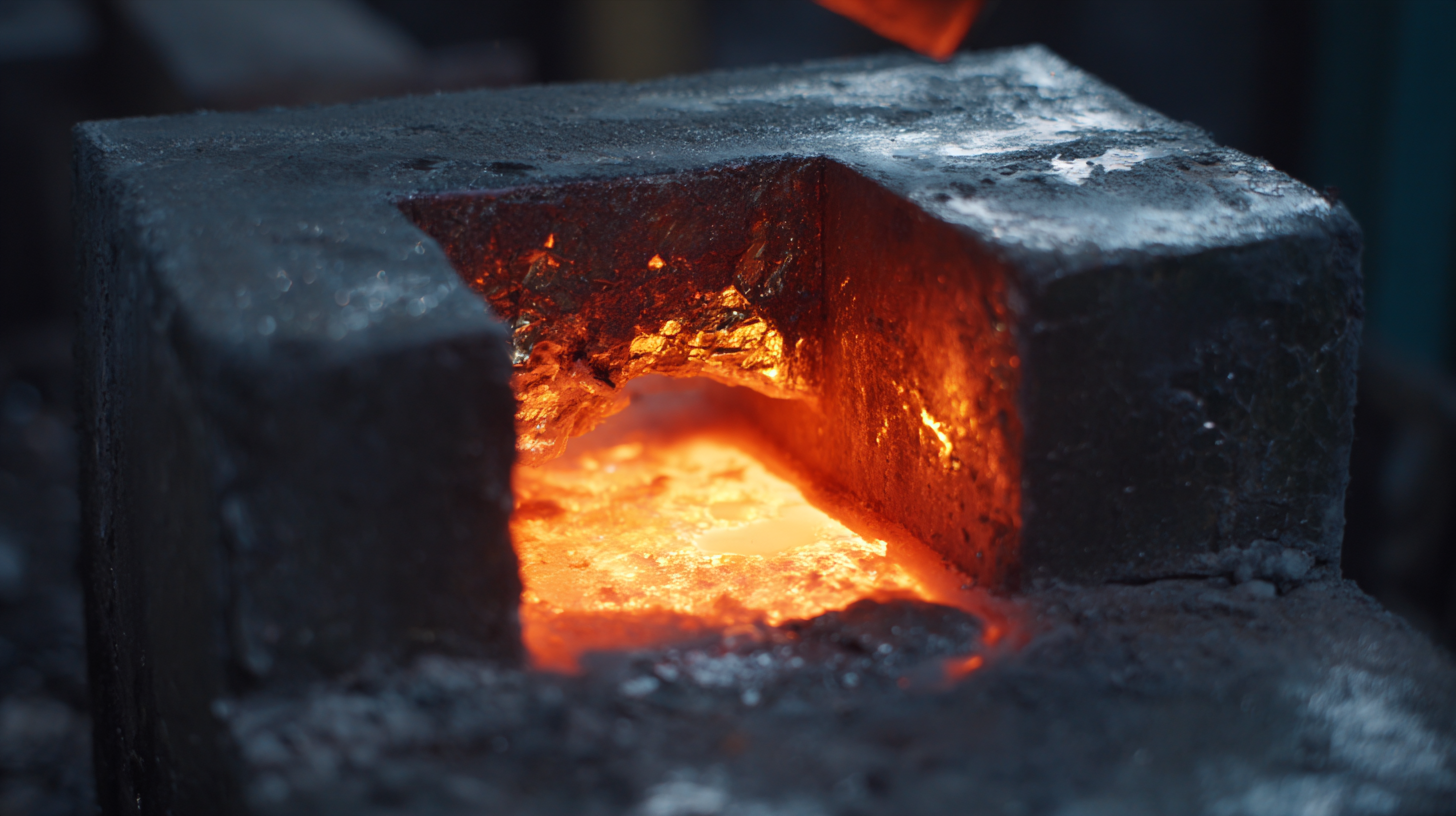
Lost wax casting, also known as investment casting, has been a cornerstone in the production of intricate metal components, particularly in stainless steel. This precision casting method allows for the creation of complex shapes and fine details that are often unattainable with other manufacturing processes. According to a report by MarketsandMarkets, the global investment casting market is projected to grow from USD 18.2 billion in 2020 to USD 25.4 billion by 2025, reflecting the increasing demand for high-quality and precision-engineered components across various industries.
Understanding the basics of lost wax casting involves recognizing the critical steps that contribute to achieving flawless results. The process begins with producing a wax model of the desired part, which is then coated with a ceramic shell. This shell is heated to remove the wax and harden the ceramic, creating a mold ready for pouring molten stainless steel. A study published by the Journal of Materials Processing Technology highlights that using controlled temperature and pressure during this phase can improve casting accuracy by up to 30%. By mastering these foundational principles, manufacturers can ensure that their stainless steel components not only meet but exceed stringent industry standards.
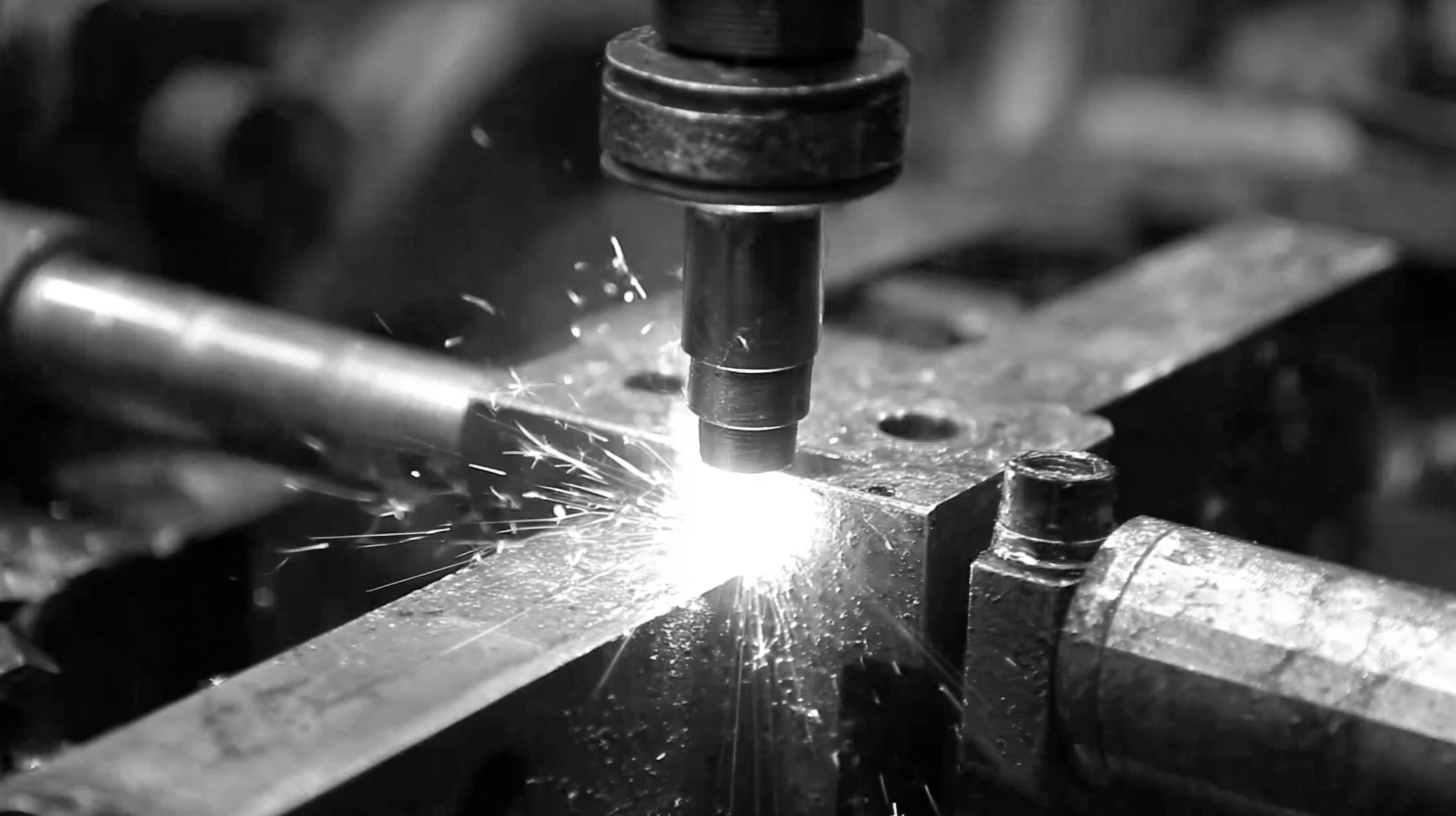
When it comes to achieving precision in lost wax casting of stainless steel, selecting the right materials is paramount. According to the American Foundry Society, the quality of the investment material used in the lost wax process can significantly affect the dimensional accuracy and surface finish of the final product. Using high-purity investment materials can improve the thermal stability and resistance to deformation, leading to enhanced precision during casting. Reports indicate that investments with a low coefficient of thermal expansion can maintain tighter tolerances, crucial for applications requiring flawless results.
Additionally, the choice of stainless steel alloy plays a critical role in achieving the desired outcome. The Stainless Steel Development Institute recommends using specific alloys that exhibit excellent fluidity and lower viscosity during casting. Alloys like 316L and 17-4 PH are prominent choices due to their superior corrosion resistance and strength characteristics, which also contribute to an improved casting surface finish. Furthermore, adhering to rigorous quality standards during material selection leads to a reduction in defects and improves overall yield, ultimately driving efficiency and effectiveness in the casting process.
Mastering temperature control is crucial in lost wax casting, particularly in achieving precision with stainless steel. An optimal balance between wax and metal flow can significantly influence the final product quality. Precision in temperature management allows for improved wax fluidity during the casting process, which leads to more effective filling of molds and reduces the occurrence of defects such as shrinkage and porosity. Recent advancements in materials used for temperature control, similar to those seen in battery thermal management systems, emphasize the importance of maintaining steady temperatures to enhance performance.
Tips: Always monitor the temperature closely during the melting phase to ensure that the wax reaches the precise melting point. Using advanced thermocouples and heat sensors can provide real-time data and improve the accuracy of temperature management. Additionally, employing innovative designs in sprue layout, much like the agility offered by 3D sand-printing technologies, can enhance the flow of both wax and metal, leading to flawless results.
Success in achieving precision also hinges on understanding the phase changes in materials involved. Just as studies on battery performance show that effective heat dissipation can enhance efficiency, similar principles apply to lost wax casting. Optimizing the temperature gradients during the pouring and solidification stages can lead to better mechanical properties and surface finishes in the final stainless steel product.
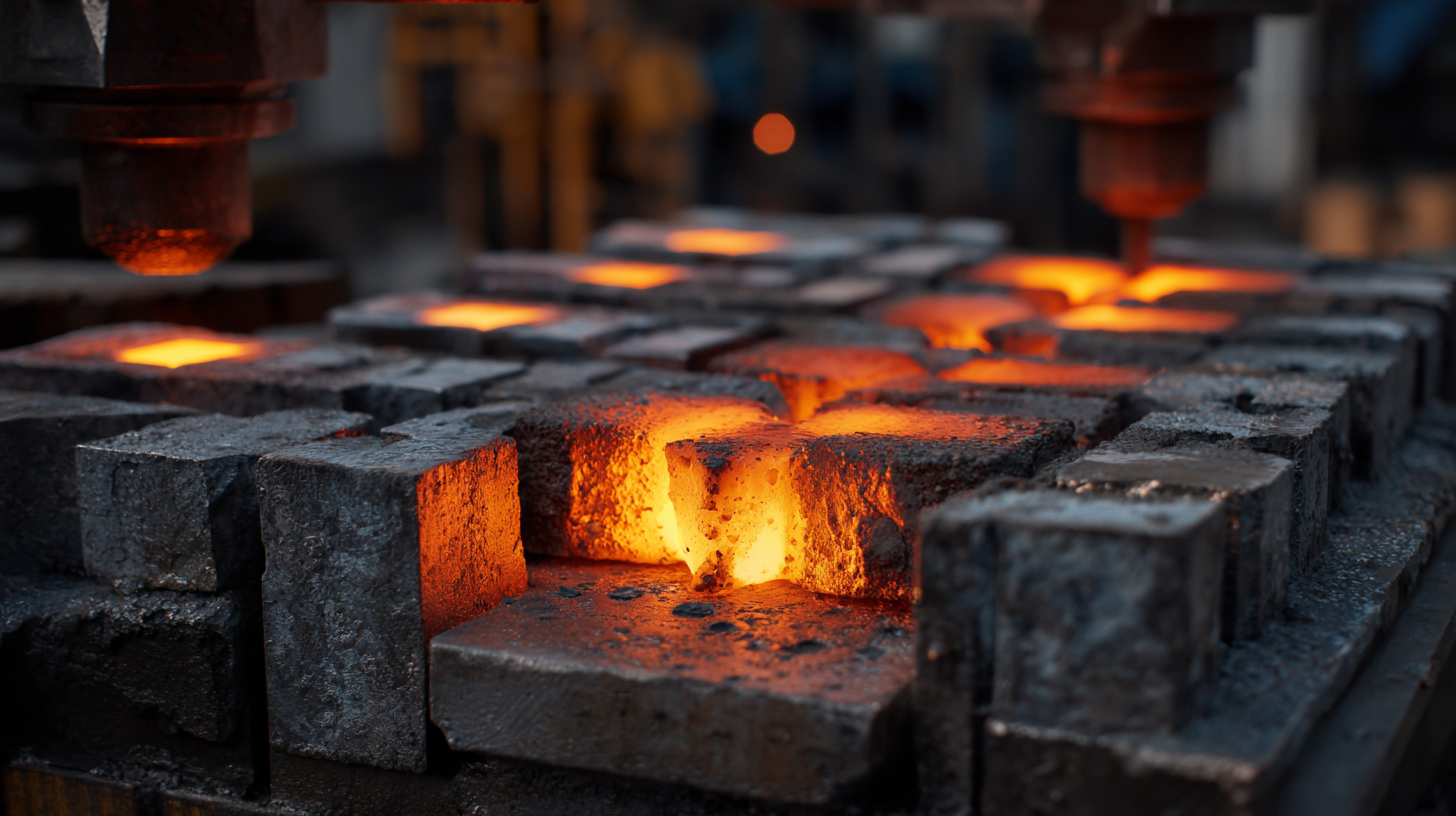
Achieving a flawless surface finish in
lost wax casting stainless steel is crucial for both
aesthetic appeal and
functional performance.
One effective technique to minimize defects is the use of
high-quality wax patterns.
Precise mold creation starts with carefully designed and crafted patterns, ensuring that every
detail is captured. Additionally, maintaining optimal wax temperature during the injection
process can reduce the likelihood of imperfections, as this ensures uniform flow and prevents
air traps within the mold.
Another key method to improve surface finish is the implementation of
advanced investment materials.
Utilizing ceramics with exceptional thermal stability allows for better detail and
a smoother finish. Preheating the
mold can also be advantageous, as it helps to mitigate thermal shock and facilitates the
even distribution of metal during pouring. Finally, post-casting treatments such as
sandblasting or
polishing can further enhance
the surface quality, eliminating any minor inconsistencies and achieving the desired
aesthetic results in the final stainless steel product.
Implementing rigorous quality checks is essential in the lost wax casting process for stainless steel to ensure flawless final products. According to a report by the American Foundry Society, nearly 70% of defects in castings stem from inadequate quality control measures. By incorporating systematic inspections at every stage, including material selection, mold preparation, and post-casting evaluations, manufacturers can significantly reduce the incidence of flaws, thus improving overall precision.
One effective strategy is to utilize non-destructive testing (NDT) methods, which allow for the detection of internal defects without compromising the integrity of the casting. For instance, methods such as ultrasonic testing can identify inclusions and voids, which can adversely affect the mechanical properties of the final product. A study published in the Journal of Materials Processing Technology indicates that implementing NDT can enhance product reliability by up to 30%, highlighting the importance of quality checks in achieving precision in stainless steel castings. Such proactive measures not only contribute to higher quality outcomes but also lead to increased customer satisfaction and reduced costs associated with rework or product failure.
